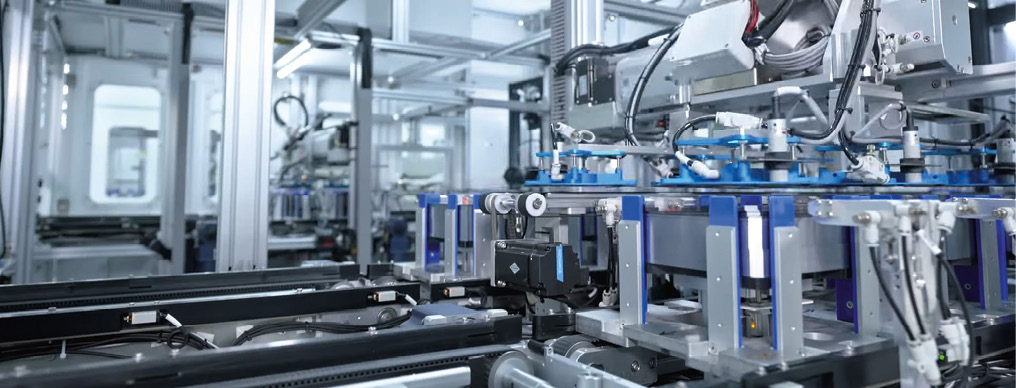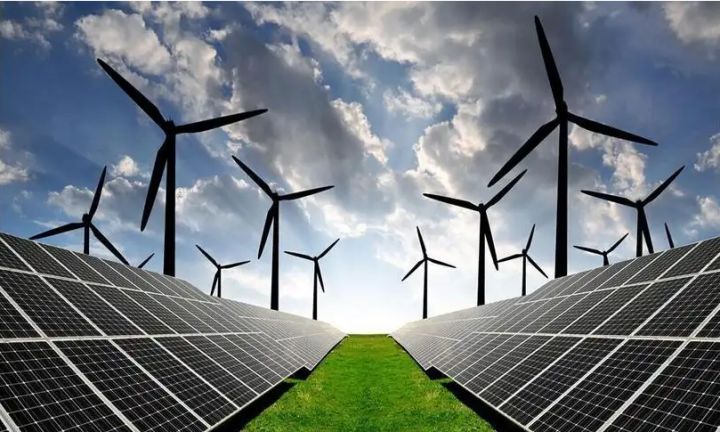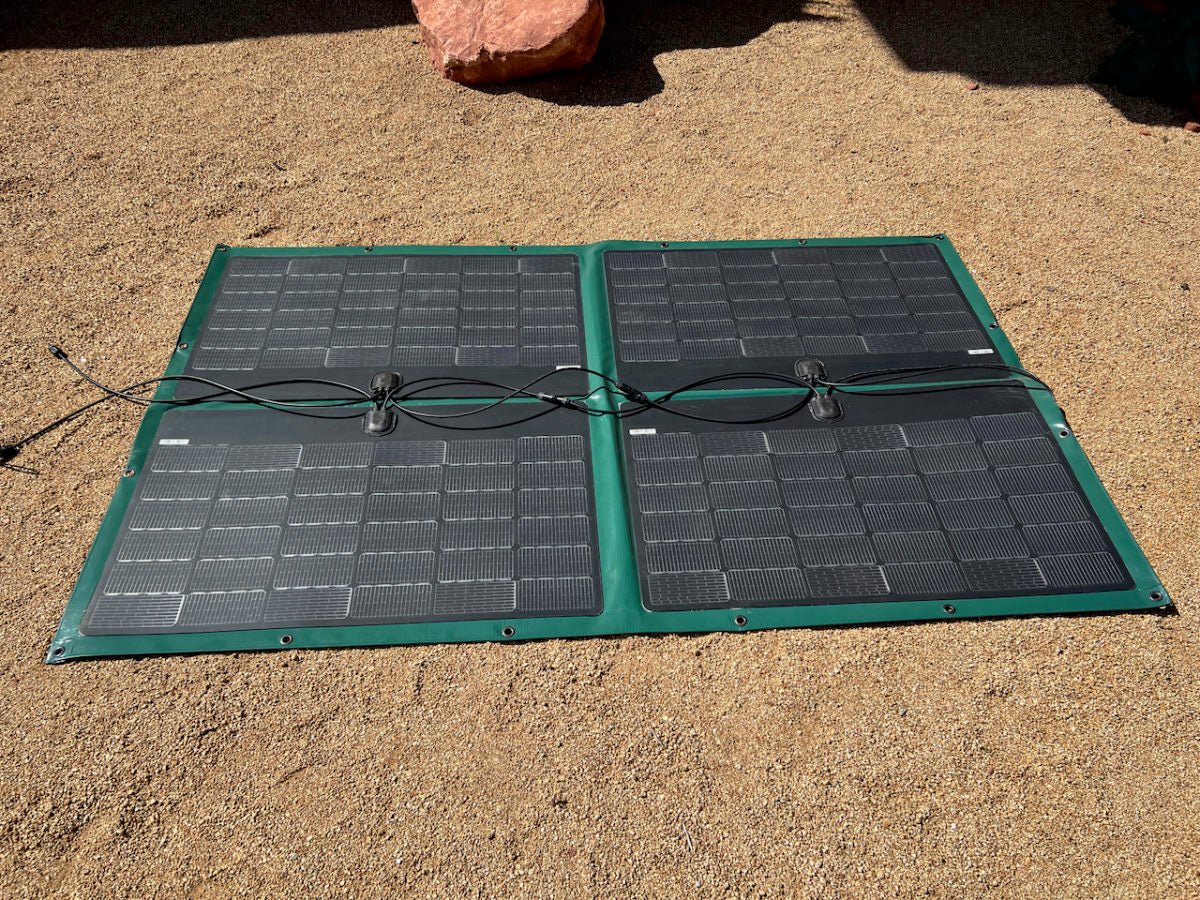https://www.pv-magazine-australia.com/2022/07/23/weekend-read-global-module-demand-to-hit-240-gw-in-2022/
Weekend read: Global module demand to hit 240 GW in 2022

Source: PV Infolink
From pv magazine 07/2022
In the first half of the year, projects deferred from last year and strong demand from the distributed-generation segment sustained the Chinese market. Markets outside of China saw robust demand, as the China Customs data suggest. In the first five months of the year, China exported 63 GW of modules to the world, and the figure is expected to reach 75 GW by the end of June – a twofold increase compared with the corresponding period of 2021.
Stronger-than-expected demand in the low season exacerbated existing polysilicon shortages in the first half of the year, with prices creeping up continuously as a result. As of the end of June, mono-grade polysilicon prices have reached CNY 270 ($35.60)/kg and the price increases show no sign of stopping. This has allowed module prices to remain at their current high level.
Between January and May, Europe imported 33 GW of modules from China, taking up more than 50% of total Chinese module exports. The volume is expected to amount to 40 GW by the end of June. It has come to the industry’s attention that the volume of modules imported is far higher than that installed in Europe.
India and Brazil are also markets worth noting. India imported more than 8 GW of modules and nearly 2 GW of cells between January and March for stockpiling before the introduction of the basic customs duty (BCD) at the start of April. After the BCD was imposed, modules exported to India fell below 100 MW in April and May.
China exported more than 7 GW of modules to Brazil during the first five months of the year, and the figure is estimated to surpass 8.5 GW up to the end of June. Clearly, Brazil’s demand is stronger this year. With a 24-month tariff pause in the U.S., manufacturers in Southeast Asia are allowed to ship modules. In light of this, demand from non-China markets is expected to surpass 150 GW this year.

Strong demand
Strong demand will continue into the second half. Europe and China will enter the high season, while the United States may see demand pick up following the tariff exemption. InfoLink projects demand to increase each quarter in the second half and climb to the peak of the year in the fourth quarter. From a long-term demand perspective, China, Europe and the United States will accelerate global demand growth amid the energy transition. The demand growth rate is estimated to exceed 30% this year, up from 26% in 2021, and as the market continues to grow rapidly, annual module demand is forecast to surpass 300 GW in 2025.
While total demand changes, the market share of ground-mounted, C&I rooftop, and residential projects is also shifting. China’s policy spurs the deployment of distributed generation projects. And in Europe, where distributed generation already accounts for a larger proportion, there was still significant growth in demand. The two pushed up the share of distributed generation in the world, expecting to come in at 50% this year, a marked increase from last year’s 40%.
The growing share of distributed generation projects can help the development of n-type products. Over the past few years, the market share of n-type has stayed at around 4% to 5%, but this year saw marked changes. Tier-1 manufacturers are actively expanding n-type capacity, with gigawatt-scale TOPCon expansion projects getting off the ground and ramping up production. With improvements in yield rates and costs, capacity and production both increased this year.
Heterojunction has also experienced improvements, such as increases in the number of busbars and reduction of silver paste consumption. Coupled with decreases in low-temperature silver paste prices and efficiency improvements, overall metallisation costs of HJT have fallen by CNY 0.05/W from 2021. However, the manufacturing cost of HJT is still far higher than TOPCon and PERC, and it requires optimised metallisation solutions to drive down non-silicon costs. InfoLink expects n-type market share to grow from last year’s 4% to between 7% and 8% this year, and by 2023 it is projected to reach beyond 15%.
About the author
Corrine Lin is the chief analyst at PV Infolink. PV InfoLink is a provider of solar PV market intelligence focusing on the PV supply chain. The company offers accurate quotes, reliable PV market insights, and a global PV market supply/demand database, as well as market forecasts. It also offers professional advice to help companies stay ahead of competition in the market.
This content is protected by copyright and may not be reused. If you want to cooperate with us and would like to reuse some of our content, please contact: editors@pv-magazine.com.
<



